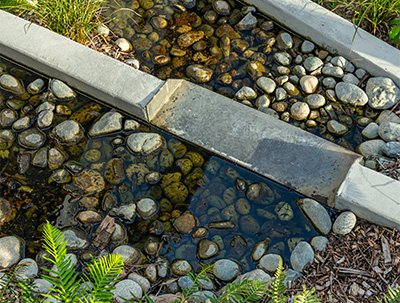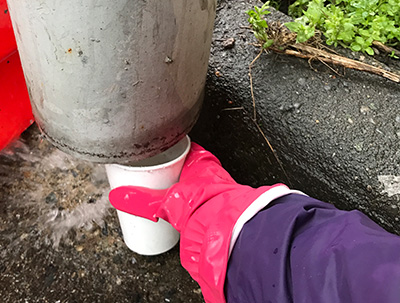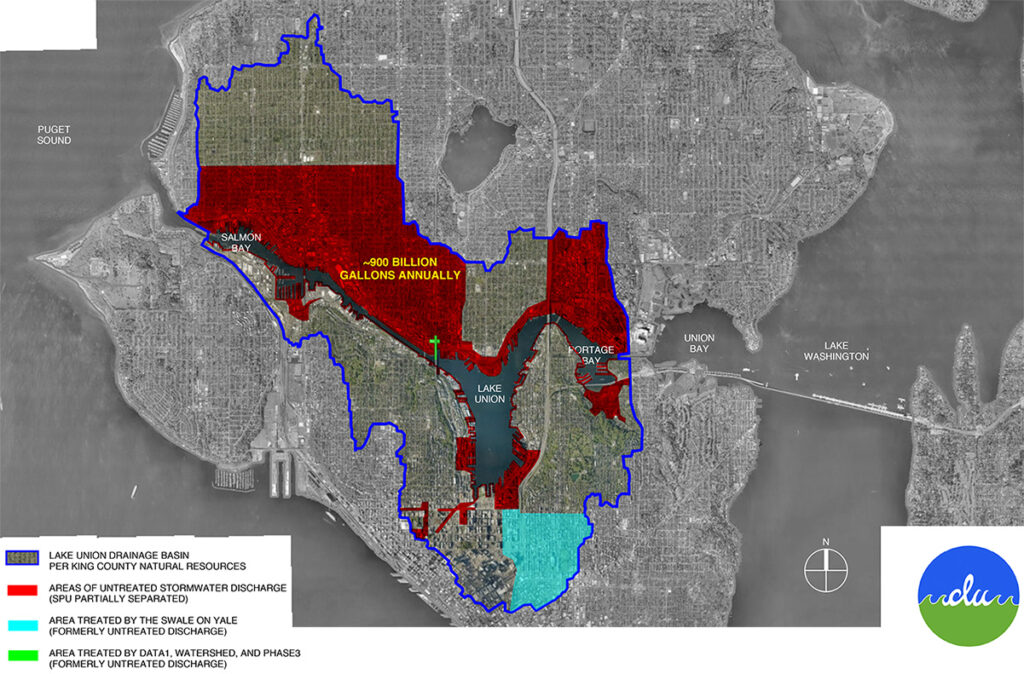What are we doing?
Clean Lake Union is focused on the treatment of Seattle’s storm water runoff by diverting it into new bioretention swales that naturally clean pollutants from the storm water before it makes its way into our city’s waterways. CLU is working to identify all existing catch basins along the shores of Seattle’s public waterways.
There are hundreds of catch basins and outfalls surrounding Lake Union and the adjoining waterways. Catch basins currently collect all stormwater runoff from bridges and roadways around Seattle and send it directly into the lake untreated. Clean Lake Union is working to create sustainable solutions to clean stormwater before it enters our lakes and streams. By working with partner organizations, landowners and city officials, our goal is to install bioretention swales at catch basin locations that will naturally remove pollutants from the storm water. The result is cleaner water that benefits all that depend on it, especially the endangered Sockeye, Chinook, and Coho salmon species that migrate through Lake Union on their way to their spawning streams.
Where are we doing it?
As of 2023, we have completed three projects in Fremont, we have one under construction in Wallingford and have two permit-ready projects. We also continue to support new projects that will provide additional water quality improvements and education.
Swales FAQs

What is a bioswale?
Bioswales are natural, landscaped systems designed to remove pollutants from rainwater runoff. They consist of a swaled drainage depression with gently sloped sides that are filled with plants, compost, and gravel. Stormwater flows into the swale and is held in the recessed area, allowing it to slowly drain through the layers of soil and gravel. This process aids in trapping pollutants and silt.

What's in the water?
Most roadway runoff contains petroleum products and heavy metals, including particulates from automobiles. In addition to roadway runoff, there are also legacy contaminants from long-term industries and wastewater outflow.

How much water will be treated in the bioswales?
Collectively, the three phases of the Aurora Bridge Bioswales clean nearly 2 million gallons of polluted runoff.
